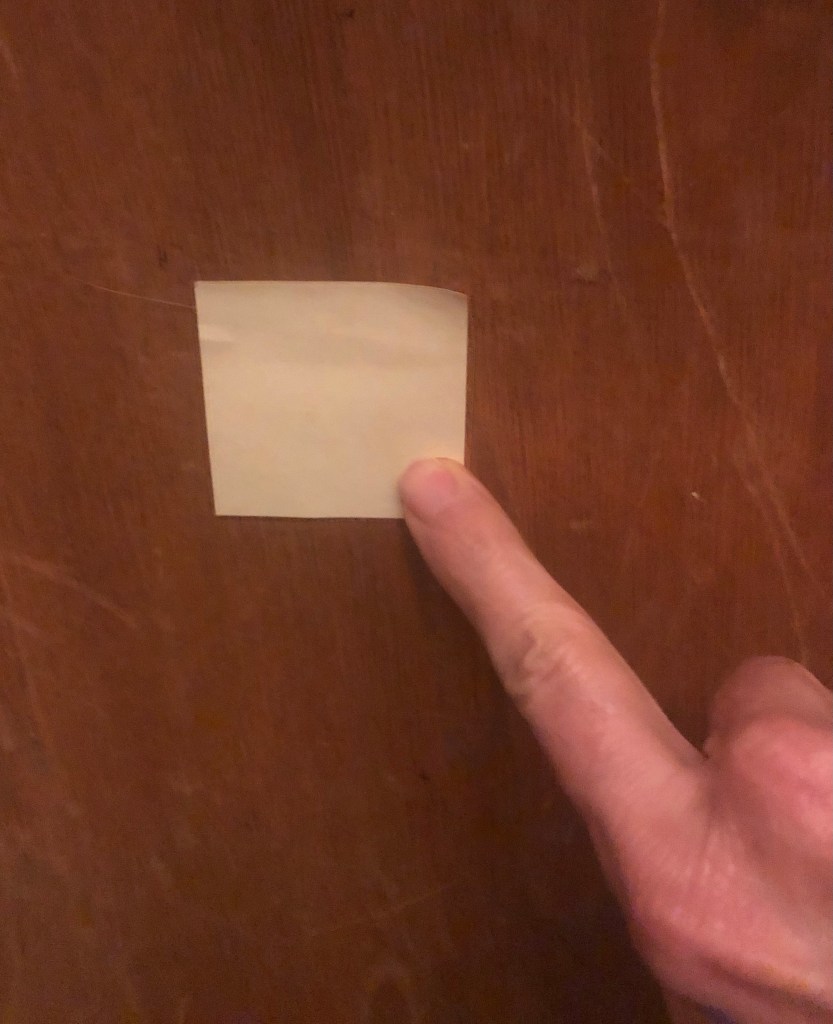Last week I wrote about training a nose target. But sometimes it is not so easy to get started training. You want to train your dog to touch a target and you can’t seem to make any progress getting the nose close to the target thing. Your dog just looks at you like “What?”. So you have to help them get started with a prompt.
Prompt – “anything you do to elicit a behavior, or cause it to happen” (p. 12 Agility Tricks for Improved Attention, Flexibility, and Confidence. Donna Duford Clean Run Productions 1999.)
You want a behavior to occur, so that you can mark and reinforce it, and do that repeatedly. So, how can you get your dog to touch something with his nose? Here are several ways to help draw attention to the target so that the dog is more likely to move toward it and ultimately touch it.
Hopefully one of the methods described below will work, and remember that you may not get targeting in the first session. Try several short sessions separated by hours or days and be observant of signs of progress.
Look at the target – the most basic of prompts, you look at the target because the dog will tend to look where you are looking.
Point at it – easy to do, and a very natural action by us humans. It may already be a cue, as you have probably already pointed out the location of a treat you tossed to your dog (but that he did not find immediately) many times. The most obvious prompt is to point and touch the target with your finger. Less obvious is to point in the air, but do not touch the target.
Move target – draw attention to the target by moving it after the dog eats the treat from the previous click. You could simply pick up the target and put it down again, or move it a short distance to another location. If you are using a sticky note, you may find the stickiness will fail after a few moves and you will need a fresh sticky to stick to the wall.
Put a scent on it – it could be a treat rubbed on it (or previously held in your hand for a hand target), or a novel scent applied to the target. Remember that dogs have a very sensitive olfactory sense, you don’t need much scent for them to notice. Rubbing your hand on an object may be sufficient.
Put it on top of something your dog already nose targets – if your dog already knows how to hand target, you can hold the new target in your hand and cue a hand target.
After you do get definite nose touches to your new target object, you will want to eliminate the prompt, unless you are wanting that prompt to be a cue for the behavior. When you are fading the prompt as described below, you may need to relax your criteria for a nose touch for a few click/treats, and reinforce a movement that doesn’t quite touch the target.
The look – maybe the most difficult to fade or eliminate, because we do this without thinking, being such a visual species. But simply present target without looking at it and wait for a response. If you get none, try glancing at target and then looking away. Eventually, the goal would be to look at different things, but not the target.
The point – this is one that you may want to keep as a cue. It is very handy to be able to direct your dog’s attention to something by pointing at it. If you want to fade the point, try pointing and then immediately removing your finger, wait for the nose target. If that is successful, point at but do not touch the target, then “air point” and remove your pointing hand. Eventually, do not point at all and wait for a nose target.
The movement – you fade this by making a smaller movement of the target and then by not moving the target at all and waiting to see if the dog touches it.
The scent – you can simply let the scent fade over time.
On top of a functional nose target – start to move the new target toward the edge of the functional target. With the example of the sticky note starting in the middle of my palm, I would gradually move it so that the note would be stuck out from the edge of my hand, then next to my hand, then without the hand at all.
Next week, adding a cue to the targeting behavior.



Leave a comment